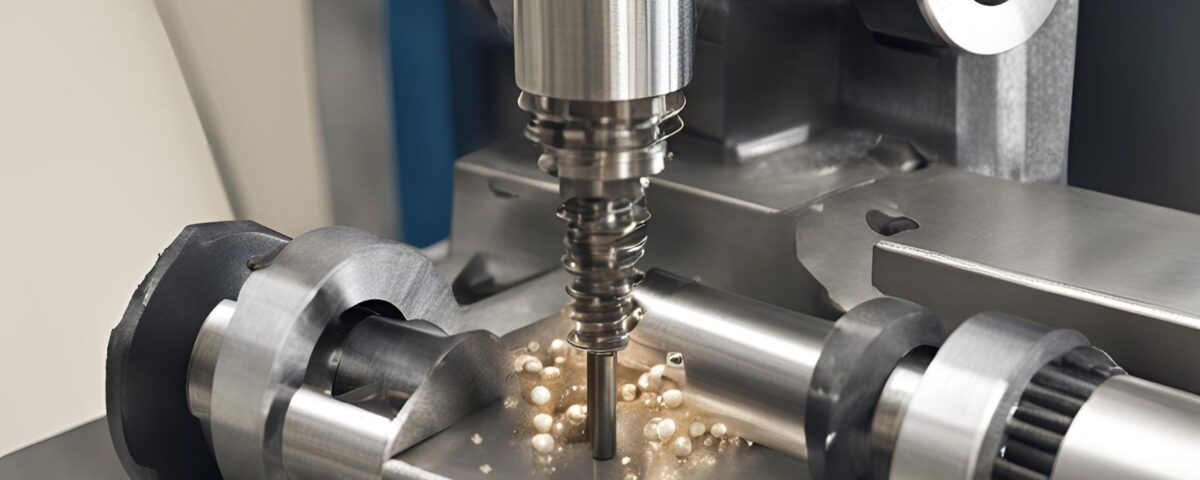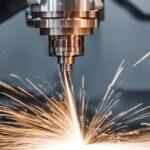
Common accidents and solutions in CNC machining
13 May 2024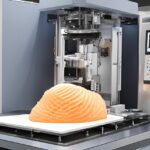
What is Rapid CNC Prototyping
21 May 2024Screw Machining
Screw machining, a subset of precision machining, has been a cornerstone in the manufacturing industry for decades. This technique is pivotal in producing high-precision, high-volume, and complex components essential for various industries, including automotive, aerospace, medical, electronics, and more. Understanding the nuances of screw machining is vital for businesses and engineers who seek to enhance their manufacturing processes, improve product quality, and stay competitive in a rapidly evolving market.
Historical Context and Evolution
The origins of screw machining can be traced back to the late 19th and early 20th centuries when the demand for mass production of small, intricate parts surged. The advent of the Industrial Revolution brought about a significant shift in manufacturing techniques, leading to the development of the first screw machines. These early machines were primarily mechanical and required manual operation, which, while revolutionary at the time, limited their precision and efficiency.
With the advent of World War II, the need for precision components in the defense and aerospace sectors accelerated the evolution of screw machining. The introduction of cam-operated screw machines marked a significant leap forward, allowing for greater automation and complexity in parts production. These machines used a series of cams and gears to control the movement of the cutting tools, significantly enhancing the accuracy and repeatability of the machining process.
The latter half of the 20th century saw the introduction of computer numerical control (CNC) technology, which revolutionized screw machining. CNC screw machines, or CNC lathes, brought unprecedented levels of precision, flexibility, and efficiency to the industry. By integrating computer control, these machines could produce complex geometries with minimal human intervention, reducing errors and increasing production speed. This technological advancement has continued to evolve, with modern CNC screw machines incorporating advanced features such as multi-axis machining, high-speed spindles, and real-time process monitoring.
Fundamentals of Screw Machining
Screw machining involves the use of specialized machines, known as screw machines or automatic lathes, to produce small, intricate parts from various materials, including metals, plastics, and composites. These machines can perform a wide range of operations, such as turning, threading, drilling, and milling, often in a single setup. The primary advantage of screw machining lies in its ability to produce high volumes of precise components with consistent quality.
There are several key elements that define screw machining techniques:
1. Types of Screw Machines
There are two main types of screw machines: automatic screw machines (cam-operated) and CNC screw machines.
Cam-Operated Screw Machines: These machines use mechanical cams to control the movement of the cutting tools. Each cam corresponds to a specific operation, such as turning or threading, and is designed to achieve precise movements and timings. While cam-operated screw machines are highly efficient for large production runs of simple parts, their setup and changeover times can be lengthy, making them less flexible than CNC machines.
CNC Screw Machines: These machines use computer control to manage the movement of the cutting tools. CNC technology allows for greater flexibility and precision, enabling the production of complex geometries and quick changeovers between different part designs. CNC screw machines can be further categorized into single-spindle and multi-spindle machines, each offering distinct advantages depending on the production requirements.
2. Tooling and Workholding
The success of screw machining relies heavily on the selection of appropriate tooling and workholding solutions.
Tooling: Cutting tools used in screw machining are typically made from high-speed steel (HSS), carbide, or other advanced materials that offer high wear resistance and durability. The choice of tooling material depends on factors such as the workpiece material, cutting speed, and desired surface finish. Common tooling operations in screw machining include turning tools, threading tools, drills, reamers, and milling cutters.
Workholding: Ensuring the workpiece is securely held during machining is crucial for achieving high precision and repeatability. Workholding devices, such as collets, chucks, and fixtures, are used to clamp the workpiece in place. The choice of workholding device depends on the workpiece geometry, material, and the specific machining operations to be performed.
3. Machining Operations
Screw machines are capable of performing a wide range of machining operations, often in a single setup. Some of the most common operations include:
Turning: This operation involves rotating the workpiece while a cutting tool removes material to achieve the desired diameter and surface finish. Turning can be used to create cylindrical, conical, or contoured shapes.
Threading: Screw machines can produce both internal and external threads using threading tools or taps and dies. Threading is a critical operation for components that require screw threads for assembly or fastening.
Drilling: Drilling operations create holes in the workpiece using drill bits. Screw machines can perform various drilling techniques, such as center drilling, spot drilling, and deep hole drilling.
Milling: Milling operations involve the use of rotating cutting tools to remove material from the workpiece. Screw machines can perform milling operations to create slots, flats, and other complex features.
Parting: Parting, or cutoff, is the process of separating a finished part from the remaining stock material. This operation is typically performed using a parting tool or cutoff blade.
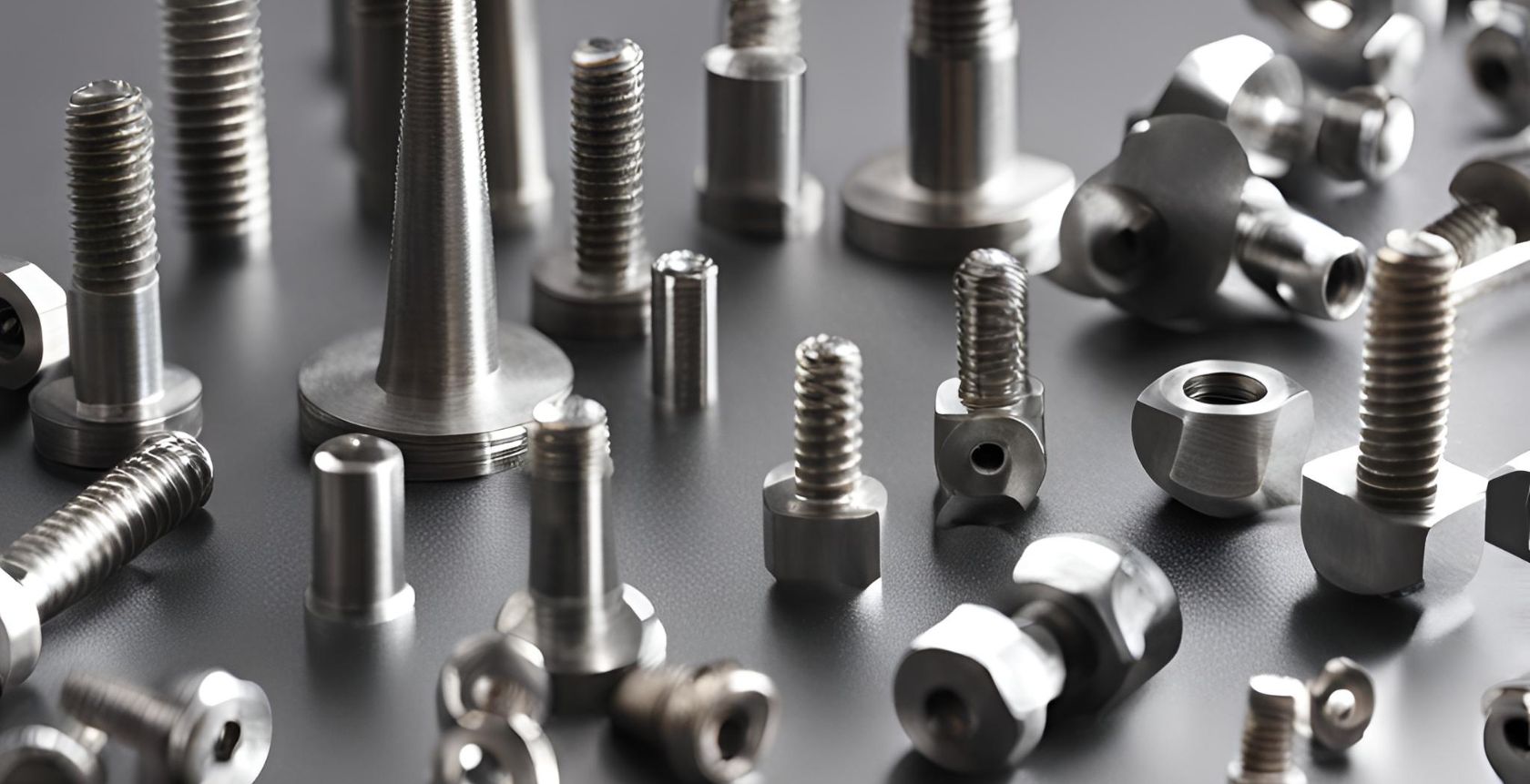
Advantages of Screw Machining
Screw machining offers several advantages that make it a preferred choice for the production of small, intricate parts:
-
High Precision and Consistency: Screw machines are capable of producing parts with tight tolerances and consistent quality, making them ideal for applications that require high precision.
-
High Production Rates: Screw machines can operate at high speeds and are capable of producing large quantities of parts in a short amount of time. This makes them well-suited for high-volume production runs.
-
Complex Geometries: The advanced capabilities of CNC screw machines allow for the production of complex geometries that would be difficult or impossible to achieve with other machining methods.
-
Versatility: Screw machines can handle a wide range of materials, including metals, plastics, and composites. This versatility makes them suitable for various industries and applications.
-
Cost-Effectiveness: The ability to perform multiple operations in a single setup reduces the need for secondary operations and minimizes handling time, resulting in cost savings.
Applications of Screw Machining
Screw machining is used across a diverse range of industries, each with its own unique requirements and challenges:
-
Automotive Industry: Screw machining is used to produce a variety of components for the automotive industry, including fasteners, engine parts, transmission components, and electrical connectors. The high precision and consistency of screw machining are essential for ensuring the reliability and performance of automotive parts.
-
Aerospace Industry: The aerospace industry demands high-precision components with stringent quality requirements. Screw machining is used to manufacture parts such as fittings, connectors, and fasteners that are critical for the safety and performance of aerospace systems.
-
Medical Industry: Screw machining is widely used in the medical industry to produce components for medical devices, surgical instruments, and implants. The ability to achieve tight tolerances and complex geometries is crucial for ensuring the safety and efficacy of medical products.
-
Electronics Industry: Screw machining is used to produce small, intricate components for the electronics industry, such as connectors, terminals, and housings. The high precision and consistency of screw machining are essential for ensuring the proper functioning of electronic devices.
-
Defense Industry: The defense industry relies on screw machining for the production of critical components for weapons systems, communication devices, and other military equipment. The high precision and reliability of screw machined parts are vital for the performance and safety of defense applications.
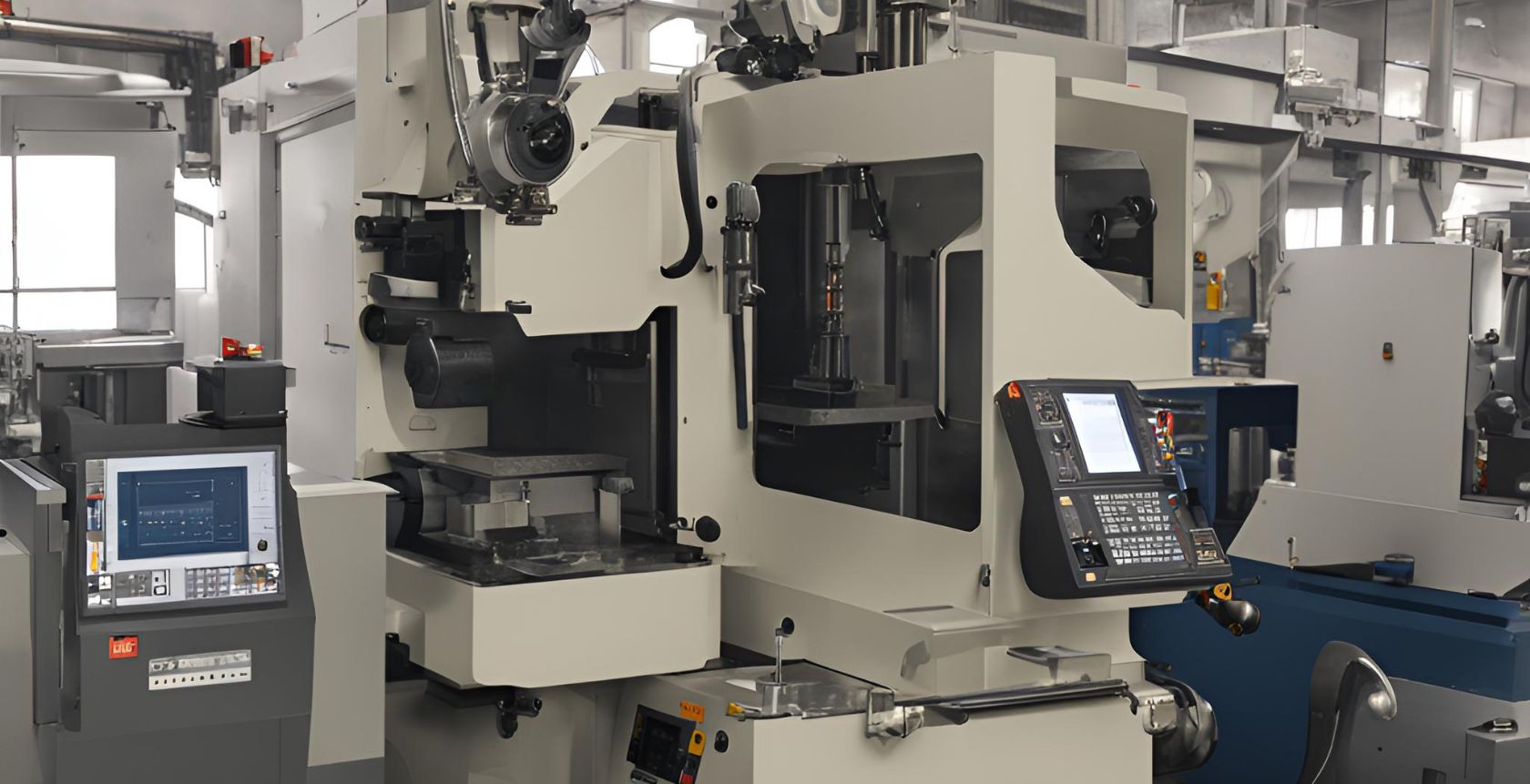
Challenges and Considerations in Screw Machining
While screw machining offers numerous advantages, it also presents several challenges that manufacturers must address to ensure optimal performance and quality:
-
Material Selection: The choice of material has a significant impact on the machining process and the quality of the final product. Factors such as machinability, hardness, and thermal properties must be carefully considered when selecting materials for screw machining.
-
Tool Wear and Maintenance: The high speeds and precision required in screw machining can lead to rapid tool wear. Regular maintenance and timely replacement of cutting tools are essential to maintain consistent quality and prevent defects.
-
Heat Generation and Management: The high-speed operations in screw machining generate significant heat, which can affect the material properties and dimensional accuracy of the workpiece. Effective heat management techniques, such as the use of coolants and lubrication, are crucial for maintaining quality.
-
Vibration and Stability: Vibration can adversely affect the precision and surface finish of machined parts. Ensuring the stability of the machine and the workholding setup is essential for minimizing vibration and achieving high-quality results.
-
Quality Control: Implementing robust quality control measures is vital for ensuring the consistency and reliability of screw machined parts. This includes the use of inspection tools and techniques such as coordinate measuring machines (CMM), optical comparators, and surface roughness testers.
Future Trends in Screw Machining
The field of screw machining continues to evolve, driven by advancements in technology and the growing demand for high-precision components. Several key trends are shaping the future of screw machining:
-
Automation and Industry 4.0: The integration of automation and Industry 4.0 technologies is transforming screw machining. Advanced CNC machines equipped with automation features such as robotic loading and unloading, real-time monitoring, and predictive maintenance are enhancing efficiency and reducing downtime.
-
Additive Manufacturing Integration: The combination of screw machining with additive manufacturing (3D printing) is opening new possibilities for producing complex parts with intricate geometries. Hybrid manufacturing systems that integrate both subtractive and additive processes are being developed to leverage the strengths of both techniques.
-
Advanced Materials: The development of new materials with enhanced properties is driving innovation in screw machining. Advanced ceramics, composites, and high-performance alloys are being used to produce components with superior strength, wear resistance, and thermal stability.
-
Sustainability and Green Manufacturing: The push for sustainability is leading to the adoption of environmentally friendly practices in screw machining. This includes the use of biodegradable coolants, energy-efficient machines, and recycling of metal shavings and scrap materials.
-
Digital Twin Technology: The use of digital twin technology is gaining traction in screw machining. Digital twins are virtual replicas of physical machines and processes that enable real-time monitoring, simulation, and optimization. By creating digital twins of screw machines, manufacturers can improve process control, predict maintenance needs, and enhance overall productivity.
Conclusion
Screw machining remains a critical technique in the manufacturing industry, offering unparalleled precision, efficiency, and versatility for the production of small, intricate components. From its historical origins to the latest advancements in CNC technology, screw machining has continuously evolved to meet the demands of various industries. Understanding the fundamentals, advantages, applications, challenges, and future trends of screw machining is essential for manufacturers and engineers seeking to optimize their processes and stay competitive in a dynamic market. As technology continues to advance, the future of screw machining holds exciting possibilities, promising even greater precision, efficiency, and sustainability in manufacturing.

